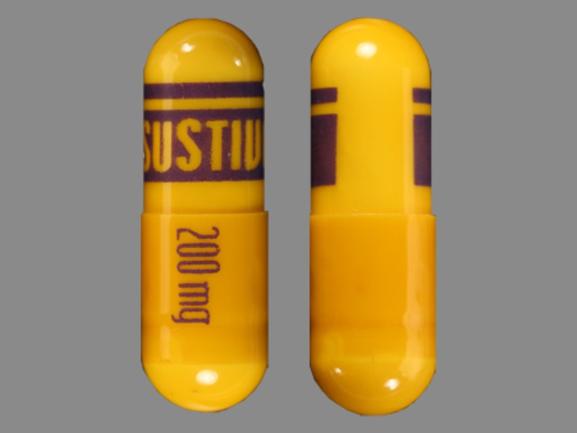Sustiva Disease Interactions
There are 5 disease interactions with Sustiva (efavirenz).
Efavirenz (applies to Sustiva) cholesterol
Moderate Potential Hazard, Moderate plausibility. Applicable conditions: Hyperlipidemia
Increases in total cholesterol and triglycerides have resulted during treatment with efavirenz. Lipid levels monitoring should be performed before starting treatment and at periodic intervals during therapy.
References
- "Product Information. Sustiva (efavirenz)." DuPont Pharmaceuticals PROD (2001):
Efavirenz (applies to Sustiva) liver disease
Moderate Potential Hazard, High plausibility.
Efavirenz is primarily metabolized by the liver. Patients with liver disease may be at greater risk for adverse effects from efavirenz due to decreased drug clearance. Therapy with efavirenz should be administered cautiously in patients with liver disease. In addition, elevations in serum transaminases to greater than five times the upper limit of normal as well as acute liver failure requiring transplantation have occurred during therapy with efavirenz, most often in patients with a prior history of Hepatitis B and/or C. Monitoring of liver function tests is recommended in these patients.
References
- "Product Information. Sustiva (efavirenz)." DuPont Pharmaceuticals PROD (2001):
- Elsharkawy AM, Schwab U, McCarron B, et al. "Efavirenz induced acute liver failure requiring liver transplantation in a slow drug metaboliser." J Clin Virol 58 (2013): 331-3
Efavirenz (applies to Sustiva) mental symptoms
Moderate Potential Hazard, Low plausibility. Applicable conditions: Psychosis, History - Psychiatric Disorder, Drug Abuse/Dependence, Alcoholism, Depression
During clinical trials, there have been infrequent reports of delusions and inappropriate behavior associated with the use of efavirenz, predominantly in patients with a history of mental illness or substance abuse. Severe acute depression, including suicide attempts and suicidal ideation, has also been reported but was not limited to efavirenz treated patients. Therapy with efavirenz should be administered cautiously in patients with a current or past history of psychiatric illness, emotional instability, or substance abuse. If symptoms develop or worsen during treatment, discontinuation of efavirenz may be necessary.
References
- "Product Information. Sustiva (efavirenz)." DuPont Pharmaceuticals PROD (2001):
Efavirenz (applies to Sustiva) QT prolongation
Moderate Potential Hazard, Moderate plausibility. Applicable conditions: Long QT Syndrome
QTc prolongation has been observed with the use of efavirenz. Alternatives to efavirenz should be considered when administered to patients at higher risk of torsade de pointes or when coadministered with a medication with known risk of torsade de pointes.
References
- "Product Information. Sustiva (efavirenz)." DuPont Pharmaceuticals PROD (2001):
Efavirenz (applies to Sustiva) seizures
Moderate Potential Hazard, Moderate plausibility.
Convulsions have been observed in adult and pediatric patients receiving efavirenz, generally in the presence of known medical history of seizures. Caution should be taken with any patient with a history of seizures. Anticonvulsant medication such as phenytoin and phenobarbital may require periodic monitoring of plasma levels.
References
- "Product Information. Sustiva (efavirenz)." DuPont Pharmaceuticals PROD (2001):
Sustiva drug interactions
There are 751 drug interactions with Sustiva (efavirenz).
Sustiva alcohol/food interactions
There are 2 alcohol/food interactions with Sustiva (efavirenz).
More about Sustiva (efavirenz)
- Sustiva consumer information
- Check interactions
- Compare alternatives
- Reviews (6)
- Drug images
- Side effects
- Dosage information
- During pregnancy
- Drug class: NNRTIs
- Breastfeeding
- En español
Related treatment guides
Drug Interaction Classification
| Highly clinically significant. Avoid combinations; the risk of the interaction outweighs the benefit. | |
| Moderately clinically significant. Usually avoid combinations; use it only under special circumstances. | |
| Minimally clinically significant. Minimize risk; assess risk and consider an alternative drug, take steps to circumvent the interaction risk and/or institute a monitoring plan. | |
| No interaction information available. |
Further information
Always consult your healthcare provider to ensure the information displayed on this page applies to your personal circumstances.


